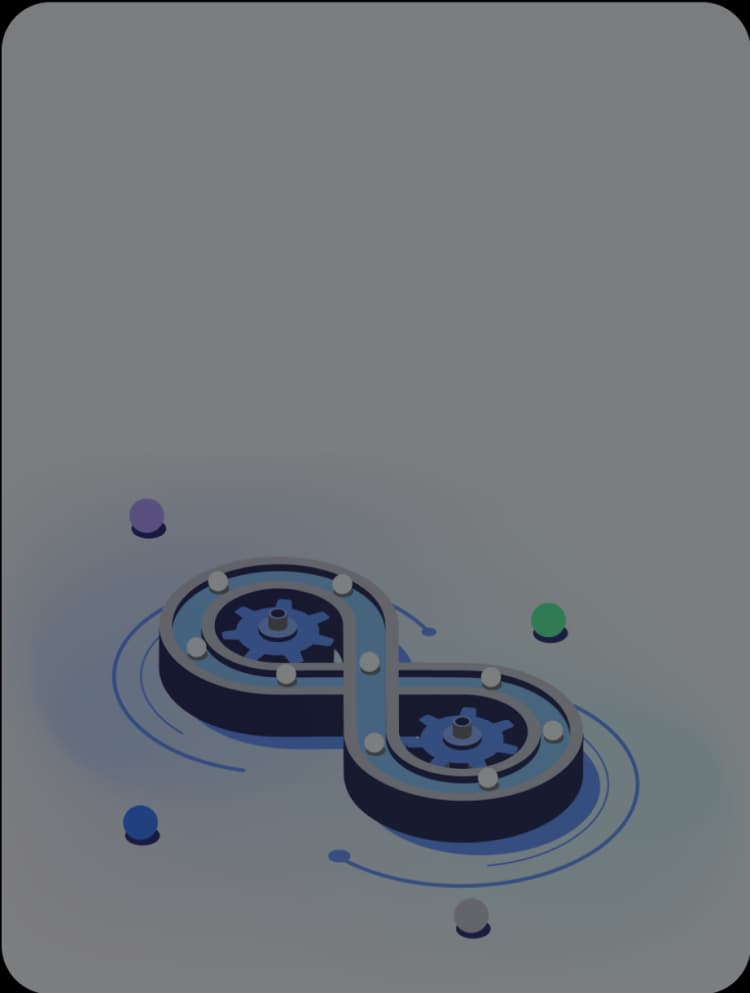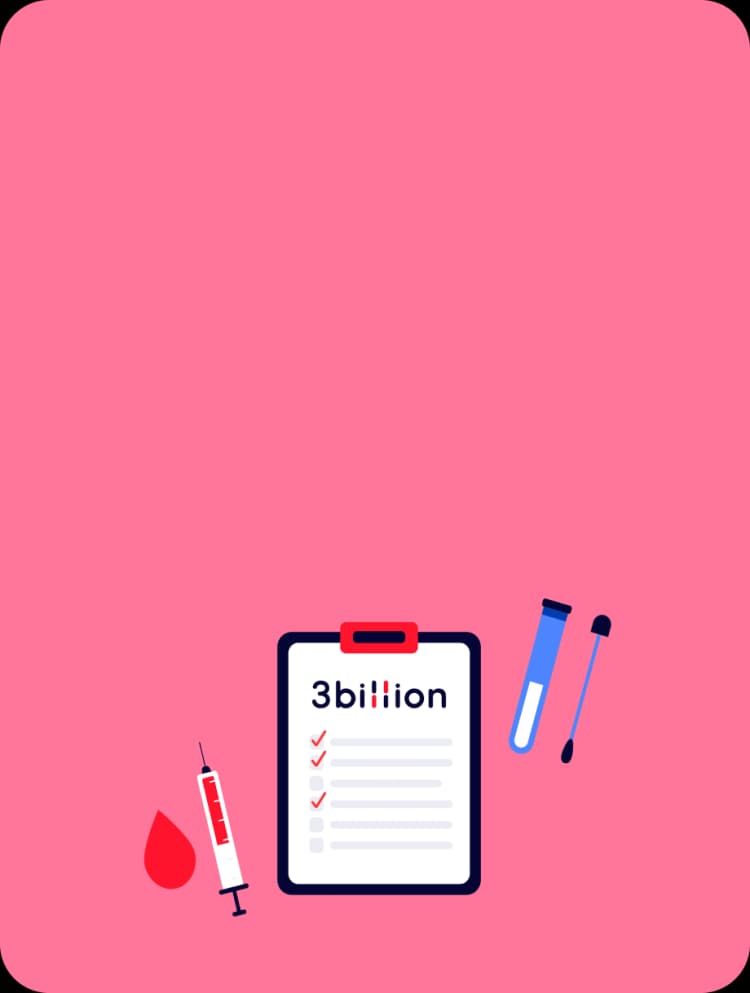How is Genetic Testing Done?
- Genetic test | 23. 01. 03

There are several ways to perform genetic testing. The specific method used can depend on the type of genetic condition being tested for, the specific genes or genetic mutations being targeted, and the available resources. It’s important to note that genetic testing and diagnosis can be complex and may require multiple types of testing to accurately identify a genetic rare disease. For patients whose symptoms alone can’t result in an accurate diagnosis, physicians will decide if genetic testing is necessary.
Genetic testing Process
The entire genetic testing process is transparent. This article describes 3billion’s genetic testing process for rare diseases which takes place over 6 weeks, from sending samples to receiving results.

1. Order
Physicians can easily select the required genetic test to be perform via 3billion’s portal once genetic testing has been decided. Physicians simply select the type of test and input the patient’s symptoms. 3billion safely stores and de-indentifies all information to protect the patient’s privacy.

2. Sample Transportation
Once the order is placed, physicians send the sample along with the required documents to 3billion and wait for the result.

3. Sequencing
3billion precisely extracts DNA from the sample. The extracted DNA is then transformed into genomic data that can be visually and digitally analyzed.

4. Interpretation
About 80,000 variants based on the exon region are found in the genomic sequence. 3billion’s AI system goes through several steps to classify the suspected disease-causing variants. The variants are than sorted in order of highest relevance to the patient’s symptoms.

The classified variants are then listed so the variant information, symptoms, and evidence can be reviewed at a glance through Gebra, 3billion’s unique proprietary software. 3billion’s clinical geneticist will then finalize the genetic result.


5. Result
Once the analysis is complete, a clinical report is generated and delivered online to the physician. If the physician would like to consult about the results, they can request a consultation with 3billion’s clinical geneticists at any time.


6. Reanalysis
Due to the nature of rare diseases, more than half of the results will be either Negative or Inconclusive on the very first analysis. Undiagnosed patient data automatically enters 3billion’s re-analysis pipeline with the latest information being updated every night at 11 PM. This helps the physician to make an accurate genetic diagnosis and accordingly treat the changing conditions of the patient.
- How can reanalysis increase your changes of diagnosis?
- Reanalysis and reclassification, why are they important?

3billion will find the meaning contained in the 3 billion base sequences to help end the diagnostic odyssey of your patient and find the most appropriate treatment. If you want to watch the video of genetic testing process for rare diseases, here it is!https://www.youtube.com/embed/4Yl0NvFh498
If you have any further questions, please contact us at the address below.
Do you find this post helpful?
Click the button below to copy and share the link.

Sree Ramya Gunukula
Marketing Leader with experience in the pharma and healthcare sectors, specializing in digital health, genetic testing, and rare disease diagnostics.





